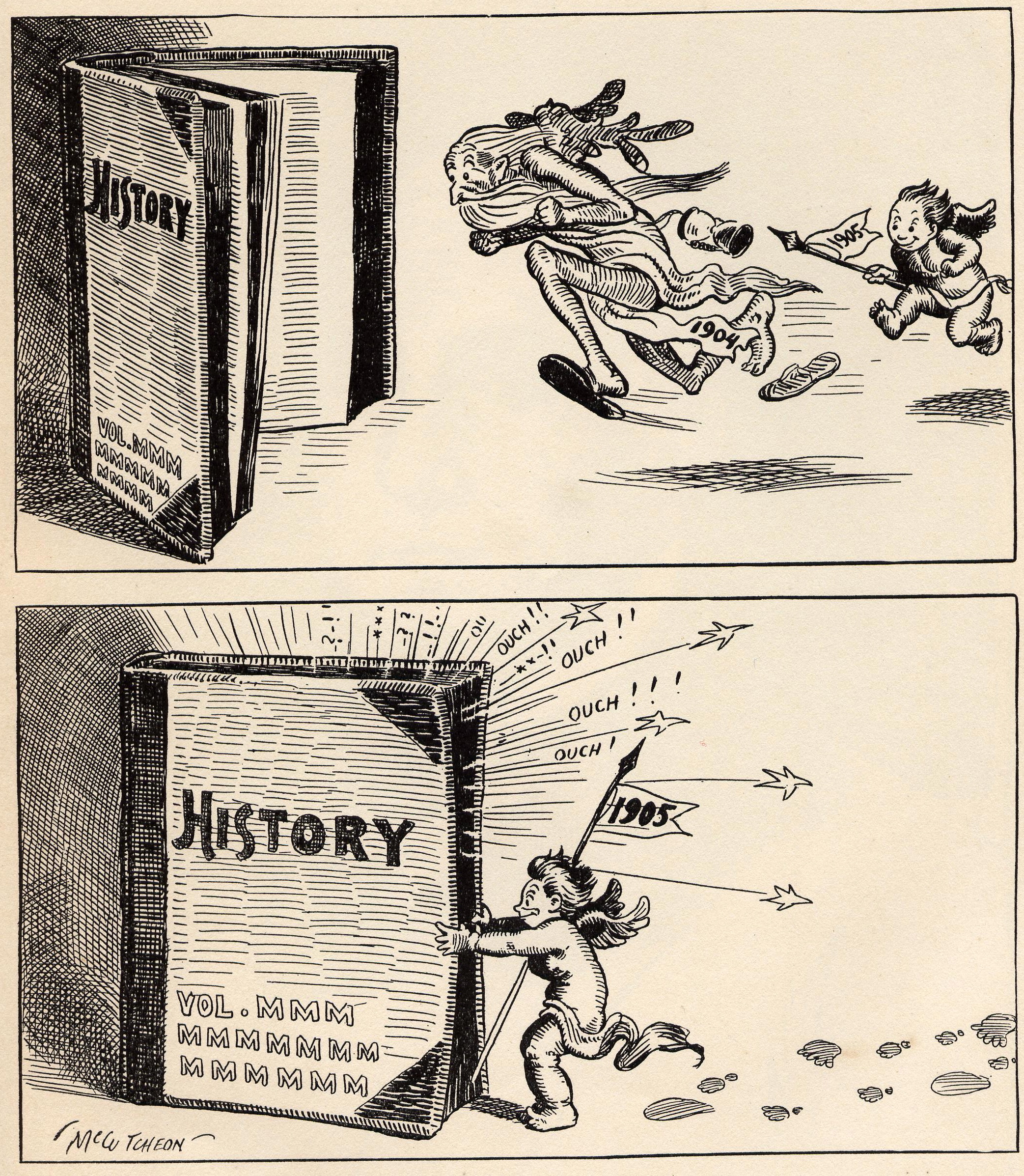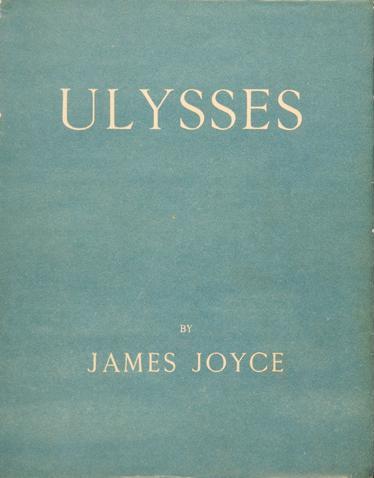|
Sei Itō
, born , was a Japanese Modernist writer of poetry, prose and essays, and a translator. Life Sei Itō was born in Matsumae, Hokkaidō, under the name of Hitoshi Itō. After graduating from Otaru Higher Commercial School (now Otaru University of Commerce), he moved to Tokyo and entered the Tokyo College of Commerce (now Hitotsubashi University), which he left without a graduate. In 1926, he debuted with the poetry collection ''Yukiakari no michi'' (lit. "Snow-lit road"). Together with writers like Junzaburō Nishiwaki, Riichi Yokomitsu and Tomoji Abe, Itō became an exponent of writers who introduced European Modernist literature into Japan in the literary journal ''Shi to shiron'' ("Poetry and poetic theory"), and kept aiming at what he termed "modernism" in his own writing throughout his life. Starting in 1931, he provided (together with Sadamu Masamatsu and Hisanori Tsuji) the first complete translation of James Joyce's '' Ulysses'' into Japanese in the 1930s. Itō's 1937 ... [...More Info...] [...Related Items...] OR: [Wikipedia] [Google] [Baidu] |
Matsumae, Hokkaido
is a town located in Oshima Subprefecture, Hokkaido, Japan. The former home of the Matsumae Han, it has an Edo period castle, Matsumae Castle, the only one in Hokkaido, and Ryūun-in. The total area of the town is . History *1900: Fukuyama town was founded. *1940: Fukuyama changed its name to Matsumae. *1953: Matsumae Line opened. *1954: Matsumae town, Oshima village, Osawa village, and Kojima village were merged to form Matsumae town. *1988: Matsumae Line was abolished. Geography The town is located on the southern end of the Matsumae Peninsula. In addition the town governs the two islands in the Tsugaru Strait, Oshima and Kojima. Along with Kaminokuni, Hokkaido, and Fukushima, Hokkaido, Matsumae shares a border with Mount Daisengen, and contains the newest and shortest climbing route to the summit of the mountain. Climate Demographics As of September 2016, the town has an estimated population of 7,843 and a density of 26.7 persons per km2. Culture and lifesty ... [...More Info...] [...Related Items...] OR: [Wikipedia] [Google] [Baidu] |
Lady Chatterley's Lover
''Lady Chatterley's Lover'' is the final novel by English author D. H. Lawrence, which was first published privately in 1928, in Florence, Italy, and in 1929, in Paris, France. An unexpurgated edition was not published openly in the United Kingdom until 1960, when it was the subject of a watershed obscenity trial against the publisher Penguin Books, which won the case and quickly sold three million copies. The book was also banned for obscenity in the United States, Canada, Australia, India and Japan. The book soon became notorious for its story of the physical (and emotional) relationship between a working-class man and an upper-class woman, its explicit descriptions of sex and its use of then-unprintable profane words. Background Lawrence's life, including his wife, Frieda, and his childhood in Nottinghamshire, influenced the novel. According to some critics, the fling of Lady Ottoline Morrell with "Tiger", a young stonemason who came to carve plinths for her garden statues ... [...More Info...] [...Related Items...] OR: [Wikipedia] [Google] [Baidu] |
Modernist Writers
Modernism was an early 20th-century movement in literature, visual arts, and music that emphasized experimentation, abstraction, and Subjectivity and objectivity (philosophy), subjective experience. Philosophy, politics, architecture, and social issues were all aspects of this movement. Modernism centered around beliefs in a "growing Marx's theory of alienation, alienation" from prevailing "morality, optimism, and Convention (norm), convention" and a desire to change how "social organization, human beings in a society interact and live together". The modernist movement emerged during the late 19th century in response to significant changes in Western culture, including secularization and the growing influence of science. It is characterized by a self-conscious rejection of tradition and the search for newer means of cultural expressions, cultural expression. Modernism was influenced by widespread technological innovation, industrialization, and urbanization, as well as the cul ... [...More Info...] [...Related Items...] OR: [Wikipedia] [Google] [Baidu] |
1969 Deaths
1969 (Roman numerals, MCMLXIX) was a common year starting on Wednesday of the Gregorian calendar, the 1969th year of the Common Era (CE) and ''Anno Domini'' (AD) designations, the 969th year of the 2nd millennium, the 69th year of the 20th century, and the 10th and last year of the 1960s decade. Events January * January 4 – The Government of Spain hands over Ifni to Morocco. * January 5 – Ariana Afghan Airlines Flight 701 crashes into a house on its approach to London's Gatwick Airport, killing 50 of the 62 people on board and two of the home's occupants. * January 14 – USS Enterprise fire, An explosion aboard the aircraft carrier USS Enterprise (CVN-65), USS ''Enterprise'' near Hawaii kills 28 and injures 314. * January 16 – First successful docking of two crewed spacecraft in orbit and the first transfer of crew from one space vehicle to another (by a space walk) between Soviet craft Soyuz 5 and Soyuz 4. * January 18 – Failure of Soyuz 5's service module to separ ... [...More Info...] [...Related Items...] OR: [Wikipedia] [Google] [Baidu] |
1905 Births
As the second year of the massive Russo-Japanese War begins, more than 100,000 die in the largest world battles of that era, and the war chaos leads to the 1905 Russian Revolution against Nicholas II of Russia (Dmitri Shostakovich, Shostakovich's Symphony No. 11 (Shostakovich), 11th Symphony is subtitled ''The Year 1905'' to commemorate this) and the start of Revolution in the Kingdom of Poland (1905–07), Revolution in the Kingdom of Poland. Canada and the U.S. expand west, with the Alberta and Saskatchewan provinces and the founding of Las Vegas. 1905 is also the year in which Albert Einstein, at this time resident in Bern, publishes his four Annus Mirabilis papers, ''Annus Mirabilis'' papers in ''Annalen der Physik'' (Leipzig) (March 18, May 11, June 30 and September 27), laying the foundations for more than a century's study of theoretical physics. Events January * January 1 – In a major defeat in the Russo-Japanese War, Russian General Anatoly Stessel su ... [...More Info...] [...Related Items...] OR: [Wikipedia] [Google] [Baidu] |
Yūko Tsushima
Satoko Tsushima (30 March 1947 – 18 February 2016), known by her pen name Yūko Tsushima (津島 佑子 ''Tsushima Yūko''), was a Japanese fiction writer, essayist and critic. Tsushima won many of Japan's top literary prizes in her career, including the Izumi Kyōka Prize for Literature, the Noma Literary New Face Prize, the Noma Literary Prize, the Yomiuri Prize and the Tanizaki Prize. ''The New York Times'' called Tsushima "one of the most important writers of her generation." Her work has been translated into over a dozen languages. Early life Tsushima was born in Mitaka, Tokyo, the third child (younger of two daughters) of famed novelist Osamu Dazai and Michiko Ishihara, a teacher at a girls' school. Her father committed suicide when she was one year old; she later drew on the aftermath of this experience in writing her short story "The Watery Realm". Career While attending Shirayuri Women's University she published her first fiction. At age 24 she published her first ... [...More Info...] [...Related Items...] OR: [Wikipedia] [Google] [Baidu] |
Kenzaburō Ōe
was a Japanese writer and a major figure in contemporary Japanese literature. His novels, short stories and essays, strongly influenced by French and American literature and literary theory, deal with political, social and philosophical issues, including nuclear weapons, nuclear power, anticonformism, social non-conformism, and existentialism. Ōe was awarded the 1994 Nobel Prize in Literature for creating "an imagined world, where life and myth condense to form a disconcerting picture of the human predicament today"."Oe, Pamuk: World needs imagination" , Yomiuri.co.jp; 18 May 2008. Early life and education Ōe was born in , a village now in Uchiko, Ehime, Uchiko, Ehime Prefecture, on Shikoku. The third of seven children, he grew up listening to his gr ...[...More Info...] [...Related Items...] OR: [Wikipedia] [Google] [Baidu] |
Japan Art Academy
is the highest-ranking official artistic organization in Japan. It is established as an extraordinary organ of the Japanese Agency for Cultural Affairs (文化庁, Bunkacho) in the thirty-first article of the law establishing the Ministry of Education, Culture, Sports, Science and Technology. The Academy discusses art-related issues, advises the Minister of Education, Culture, Sports, Science and Technology on art-related issues, and promotes arts in three categories: 1) fine art, 2) literary arts, 3) music, drama, and dance. It is closely associated with the annual Japan Art Academy Exhibition ''(Nitten''), the premier art exhibition in Japan; the Japan Art Academy originally ran the Nitten but since 1958 the exhibition is run by a separate private institution. The Japan Art Academy headquarters is in Ueno Park, Tokyo. The Japan Art Academy should not be confused with the Japan Art Institute, which is a completely different organization. History The Japan Art Academy was f ... [...More Info...] [...Related Items...] OR: [Wikipedia] [Google] [Baidu] |
Kikuchi Kan Prize
The honors achievement in all aspects of Japanese literary culture. It was named in honor of Kikuchi Kan. The prize is presented annually by the literary magazine '' Bungei Shunjū'' and the Society for the Promotion of Japanese Literature. History The original Kikuchi Kan Prize was proposed by Kikuchi as an award to honor the elders of the literary world. It was established in 1938. In keeping with the intent of the prize, the jury was made up of novelists aged 45 or younger, and recipients were novelists aged 46 or older. The prize lapsed after six years, but was revived in 1952 following Kikuchi's death. The range of recipients was enlarged to honor achievements in cinema, broadcasting, and other fields in contemporary literary culture. The jury meets in October to consider works published from September 1 of the previous year through August 31, and awards are announced in the December issue of ''Bungei Shunjū''. Select list of prizewinners The list of prizewinners includes a ... [...More Info...] [...Related Items...] OR: [Wikipedia] [Google] [Baidu] |
Stream Of Consciousness
In literary criticism, stream of consciousness is a narrative mode or method that attempts "to depict the multitudinous thoughts and feelings which pass through the mind" of a narrator. It is usually in the form of an interior monologue which is disjointed or has irregular punctuation. The term was first used in 1855 and was first applied to a literary technique in 1918. While critics have pointed to various literary precursors, it was not until the 20th century that this technique was fully developed by modernist writers such as Marcel Proust, James Joyce, Dorothy Richardson and Virginia Woolf. Stream of consciousness narratives continue to be used in modern prose and the term has been adopted to describe similar techniques in other art forms such as poetry, songwriting and film. Origin of term Alexander Bain used the term in 1855 in the first edition of ''The Senses and the Intellect'', when he wrote, "The concurrence of Sensations in one common stream of consciousness ... [...More Info...] [...Related Items...] OR: [Wikipedia] [Google] [Baidu] |





